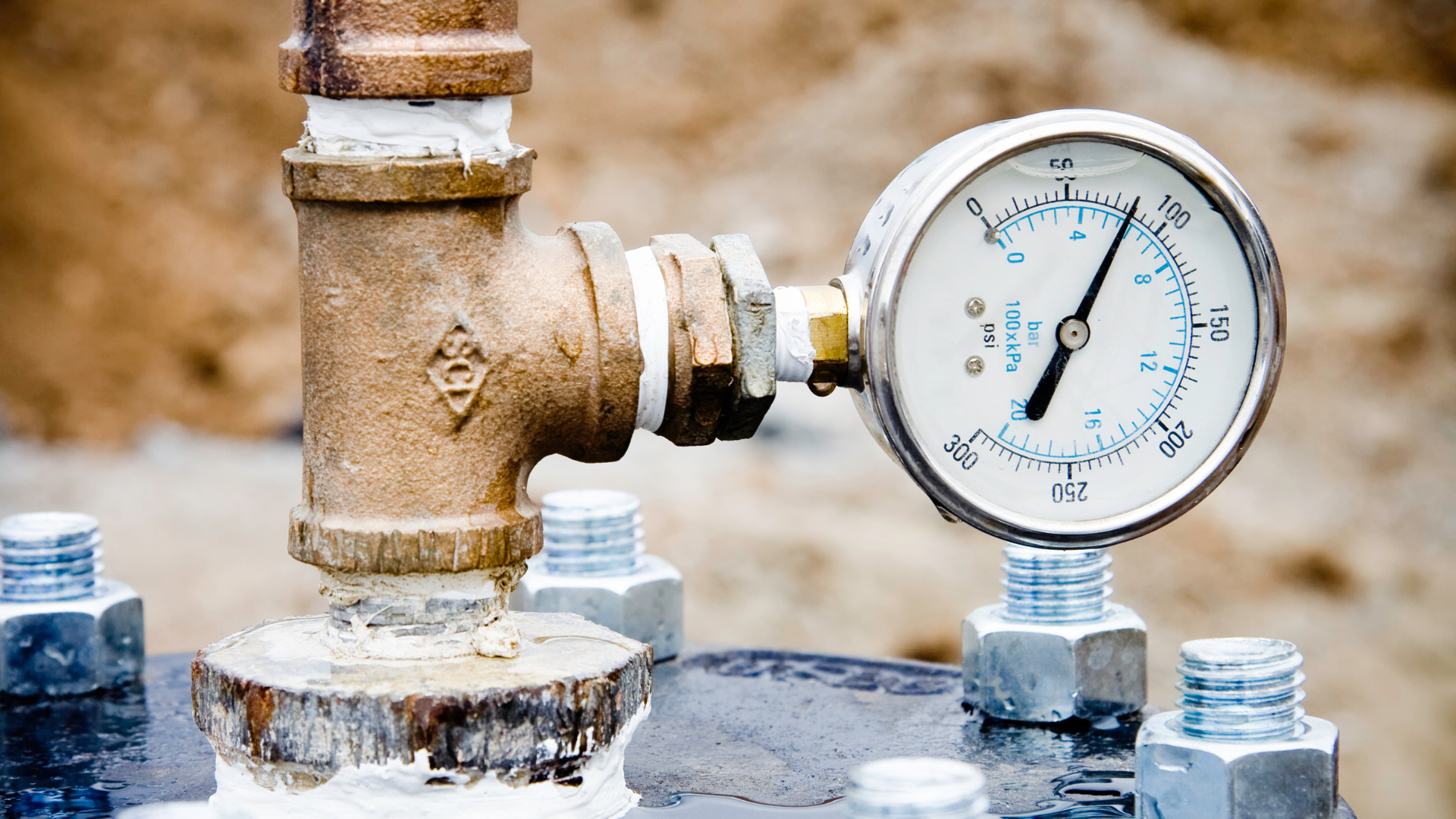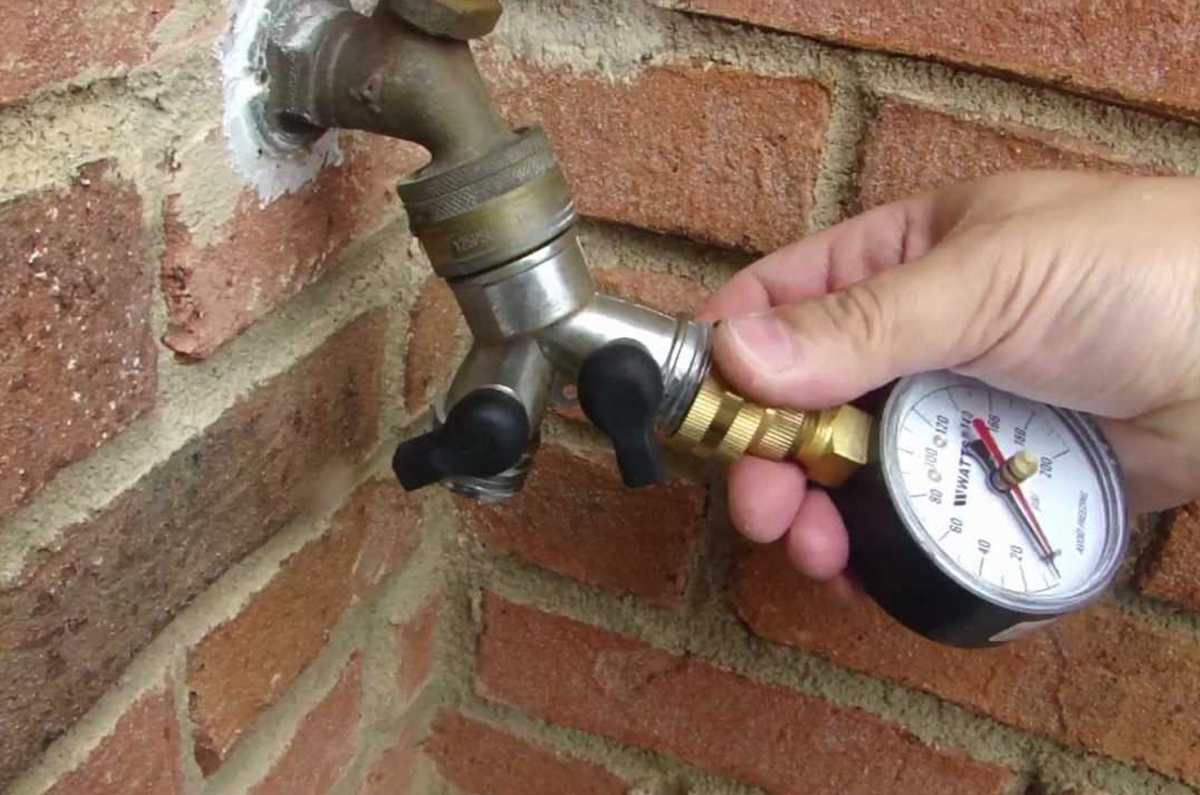Useful Solutions for Tackling Low Water Pressure in Your Home
Useful Solutions for Tackling Low Water Pressure in Your Home
Blog Article
Everybody maintains their personal thinking involving 10 Reasons for Low Water Pressure in Your House.

Low tide pressure in your home can be a frustrating trouble, affecting everything from bathing to cleaning meals. If you're experiencing weak water flow, there are a number of possible reasons and solutions to discover. In this overview, we'll go over usual factors for low tide pressure and useful actions to attend to the issue effectively.
Intro to Low Tide Stress
Low tide pressure happens when the flow of water from your taps, showers, and various other components is weak than normal. This can make everyday tasks more difficult and much less effective. Comprehending the root causes of low tide stress is critical to discovering the appropriate service.
Usual Causes of Low Tide Pressure
Faulty Stress Regulatory Authorities
Pressure regulators are responsible for maintaining consistent water pressure in your home. If they malfunction, it can lead to low water pressure or unequal circulation throughout your home.
Community Water System Issues
Occasionally, the issue exists outside your home. Local supply of water issues, such as main line leaks or upkeep job, can temporarily lower water pressure in your area.
Pipeline Obstructions
Over time, pipes can come to be clogged with mineral deposits, debris, or debris, limiting the circulation of water. This is an usual problem in older homes with galvanized steel pipelines.
Rust
Deterioration within pipelines can lead to leakages and lowered water stress. Rust accumulation can restrict water flow, specifically in maturing plumbing systems.
Exactly How to Diagnose Low Water Stress
Evaluating Pipes
Examine noticeable pipes for indicators of leaks, deterioration, or blockages. Take note of any unusual audios, such as banging or rattling pipes, which might suggest concerns within the plumbing system.
Consulting with a Plumber
If you're not able to determine the source of low water pressure, take into consideration employing a professional plumber to conduct an extensive examination. They can determine underlying problems and suggest suitable options.
Examining Faucets and Fixtures
Start by evaluating the water pressure at different taps and components throughout your home. If the problem is separated to specific areas, it might suggest localized issues.
Do It Yourself Solutions to Take Care Of Low Tide Pressure
Flushing Water Heater
Debris accumulation in the water heater can limit flow and reduce performance. Flushing the container periodically aids remove sediment and preserve optimum efficiency.
Checking Pressure Regulator
Make sure that the stress regulatory authority is operating properly. Readjusting or changing the regulator can assist bring back appropriate water pressure throughout your home.
Cleaning Aerators and Showerheads
Mineral deposits can build up in aerators and showerheads, minimizing water flow. Remove and clean these parts on a regular basis to enhance water stress.
Clearing Up Clogs in Water Lines
For minor blockages, attempt making use of a plumbing snake or chemical drainpipe cleaner to clear blockages in pipes. Be cautious when utilizing chemicals and comply with security standards.
When to Call an Expert Plumber
If do it yourself initiatives stop working to deal with the issue or if you presume considerable plumbing troubles, it's best to seek assistance from a licensed plumber. They have the expertise and devices to address complicated issues securely and successfully.
Safety Nets to Maintain Water Pressure
Setting Up a Pressure Booster
Take into consideration mounting a stress booster pump to boost water stress in locations with regularly reduced circulation. This can be specifically advantageous for multi-story homes or residential properties with high-demand fixtures.
Tracking Water Use
Be mindful of water usage practices and avoid ill-using the plumbing system. Basic adjustments, such as staggering showers and washing loads, can help preserve appropriate water pressure.
Normal Maintenance
Set up regular upkeep for your plumbing system to prevent problems such as deterioration, leaks, and clogs. Dealing with small troubles early can assist stay clear of even more significant fixings later.
Verdict
Handling low water pressure can be frustrating, but recognizing the underlying causes and executing suitable solutions can recover ideal circulation throughout your home. Whether it's cleaning up aerators, inspecting pipelines, or talking to a plumber, taking aggressive steps can guarantee a steady supply of water for your day-to-day needs.
FOUR WAYS TO FIX LOW WATER PRESSURE NOW
Turning on a shower or faucet only to find the water comes out in a sad, slow drizzle is never a good feeling. How exactly are you supposed to wash a pan or take a quick shower when it takes 10 minutes just to rinse off a little soap? The good news is that when your water pressure is bad, there's always a cause: typically one that can be easily fixed. Here are some of the most common causes of low pressure and what you can do to fix the issue:
DEBRIS AND MINERAL DEPOSIT BUILDUPS
If you notice low water pressure from just one or two of the fixtures in your house, the problem likely has to do with debris buildup. Water is full of minerals and other debris, all of which can accumulate in your pipes and on your fixtures. This can cause a blockage that affects how much water flows through. To fix this, try filling a small plastic bag with white vinegar, and use a rubber band to hang it around your showerhead or faucet. Let the head of the fixture soak for a few hours, and the vinegar should loosen the deposits.
WATER LEAKS
Leaks are another common cause of low water pressure. If water is flowing out of your plumbing through a hole or crack before it can reach your fixture, the pressure coming out of the faucet or showerhead will be lower. A plumbing professional is your best bet for finding and repairing a leak in your water supply pipes.
Leaks are another common cause of low water pressure. If water is flowing out of your plumbing through a hole or crack before it can reach your fixture, the pressure coming out of the faucet or showerhead will be lower. A plumbing professional is your best bet for finding and repairing a leak in your water supply pipes.
A VALVE ISSUE
If you have low water pressure throughout your home, check your main shut-off valve to make sure it's completely open. You may also want to see if there's a pressure-reducing valve installed. If there is, have a plumber help you adjust the settings to get the pressure you're looking for.
OTHERS USING WATER
Believe it or not, your low water pressure could be caused by your neighbors. If you notice low pressure at certain times of day, it may be because you and the people living next to you have similar schedules - when everyone is showering at the same time, the pressure will be lower in every home. Low pressure throughout the neighborhood may also be caused by an issue with your municipal water supply. If that's the case, call the supplier to see if they're working on the issue.
https://www.rotorooter.com/blog/water-leaking/low-water-pressure-fixes/

I hope you enjoyed our topic about . Thank you for taking a few minutes to read our blog post. Sharing is nice. Helping others is fun. We cherish your readership.
Call Report this page